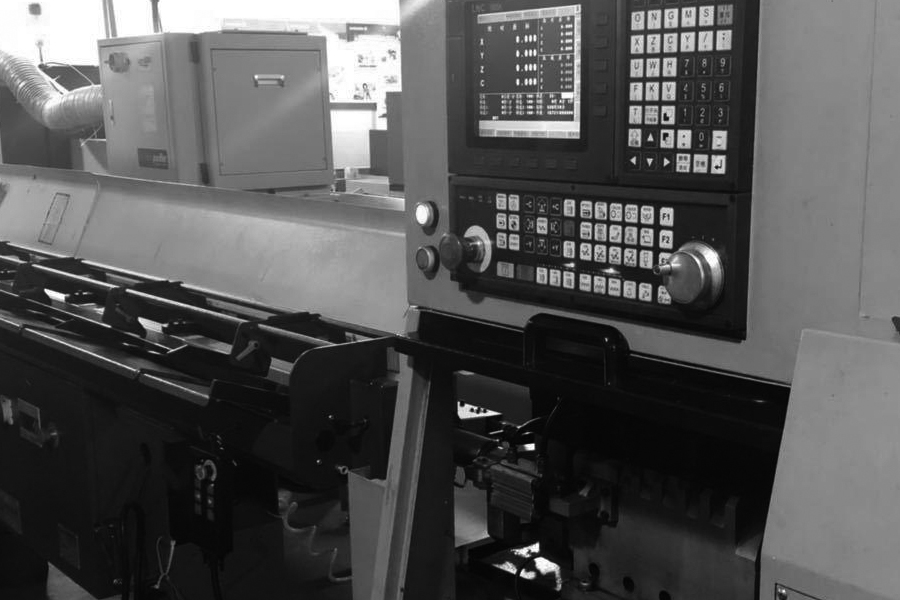The inclined lathe CNC lathe adopts an oblique layout, and the bed has a hollow structure, which greatly improves the bending and torsional rigidity of the machine tool during work, and has high stability. The high rigidity and high stability of the CNC lathe of the inclined bed provide a powerful guarantee for the high precision of the machine tool processing.
Inclined bed CNC lathe is mainly used for the processing of precision and complex rotary parts. It can meet the processing of inner and outer circles, step surfaces, conical surfaces, spherical surfaces, grooves, thread picking and complex curved surfaces. It can meet the rough and precision processing of copper, aluminum, iron, stainless steel and other casting and forging blanks.
Slant bed CNC lathe has good reliability, strong rigidity, high precision, long life and fast speed. It can reliably and stably complete the rough, fine and fine processing of various difficult materials. Rotating tower knife is adopted, which has high positioning accuracy and small recutting deformation.
The effect of cutting on the quality of the workpiece includes surface decarburization, residual stress, machining allowance, surface finish, and removal of carbon-depleted layer. This is when the workpiece is under quenching and tempering, normalizing, and annealing, and the hardness is less than 45HRC But the effect is not obvious, and will not cause changes in the potential performance of the workpiece.
Hard machining refers to the machining of hardened steel or workpieces, the higher hardness of 50-65HRC, bearing steel, high-speed steel, roll steel, ordinary quenched steel and quenched die steel and other materials have a significant impact on cutting processing. The factors that cause a certain degree of damage to the processed workpiece surface mainly include the generation and conduction of cutting heat, high-speed friction and wear during the cutting process. The integrity of the processed surface of hard cutting mainly includes the surface morphology and its size, surface roughness, dimensional accuracy, residual stress distribution and white layer generation.
The surface hardness of the processed workpiece increases with the decrease of the feed and cutting amount, and increases with the increase of the cutting speed. The higher the hardness of the processed workpiece surface, the greater the depth of the hardened layer. The surface of the workpiece after hard cutting is residual compressive stress, and the maximum compressive stress of the workpiece after grinding is mainly concentrated on the surface of the workpiece.
The biggest factor affecting the surface integrity of the workpiece is the hardness of the workpiece. The larger the hardness of the workpiece, the more favorable it is to the formation of residual compressive stress. The larger the obtuse radius of the tool used for cutting, the greater the residual compressive stress value; the higher the hardness of the workpiece, the greater the residual compressive stress value.
The formation of white layer is another important factor that affects the quality of hard-cut workpiece surface. A morphology formed along with the hard cutting process is the white layer. The white layer has unique grinding characteristics, namely high hardness, good corrosion resistance and high brittleness. High brittleness is easy to cause early spalling failure, and even the workpiece is cracked after being placed in a stage after processing.
